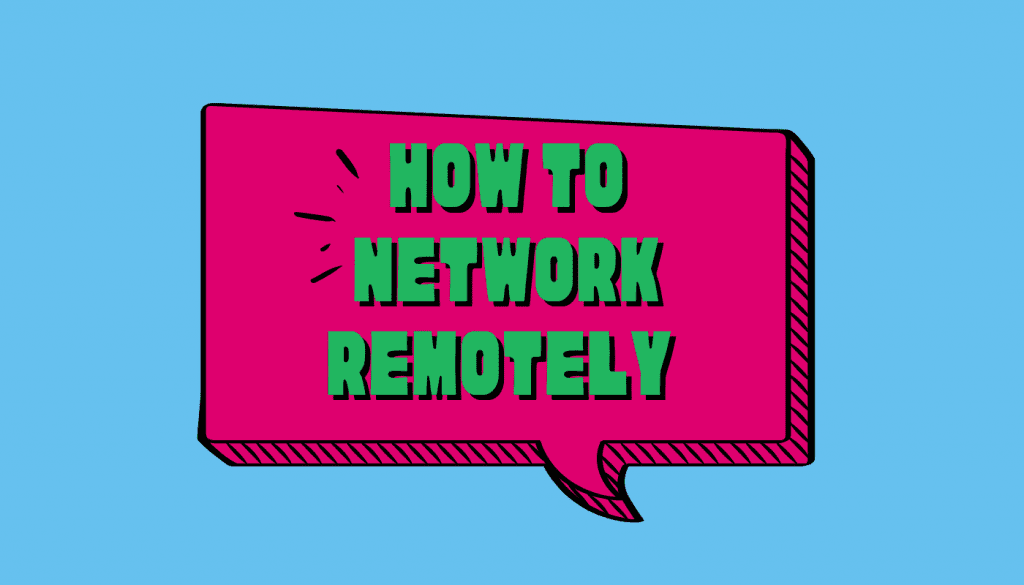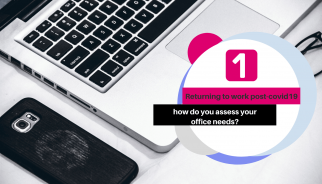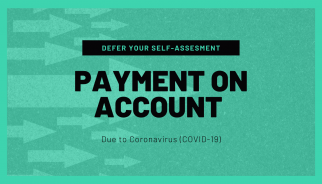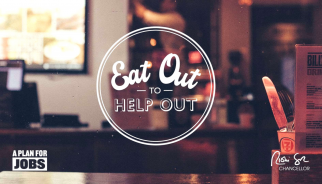
The Government has announced details on how to claim the reimbursement for discounts given to diners with the Eat Out…

The Government has announced details on how to claim the reimbursement for discounts given to diners with the Eat Out…

Small to medium-sized businesses have to go the extra mile to stand out from competitors, particularly when those competitors can…

Business Bounce Back Loans – what are they and should you apply for one? Since the scheme launched in May…

In the short-term, it seems likely that many of us will remain working from home even after government orders to…

Choose how and when you can delay making your second payment on account for the 2019 to 2020 tax year….

In March 2020, CH introduced temporary easement measures to suspend voluntary strike off action in response to coronavirus (COVID-19) and…

Restaurants and other establishments serving food for on-premises consumption can now sign up to a new government initiative aimed at…

CORONAVIRUS JOB RETENTION SCHEME (CJRS) UPDATE. From 1st July “Flexible Furlough” was introduced and the calculations and time recording of…

VAT – REDUCED RATE OF 5% The government made an announcement on 8 July 2020 allowing VAT registered businesses to…

What’s Going On Now? As time goes on it is getting harder and harder to keep track of all the…